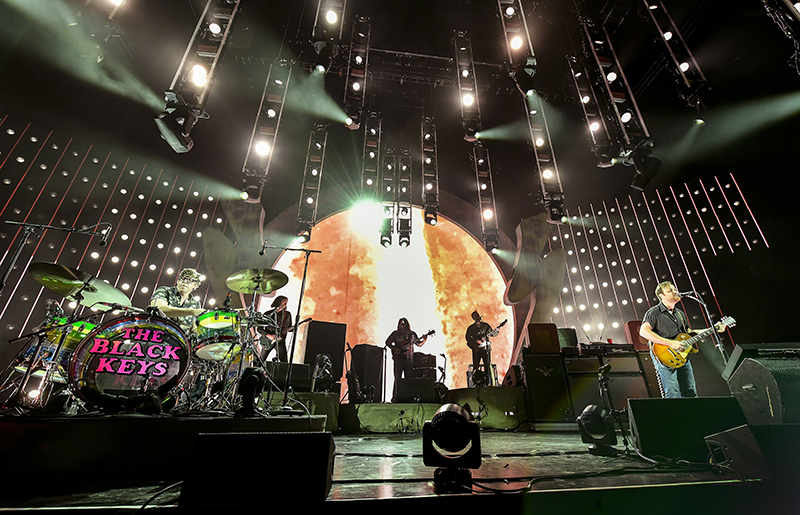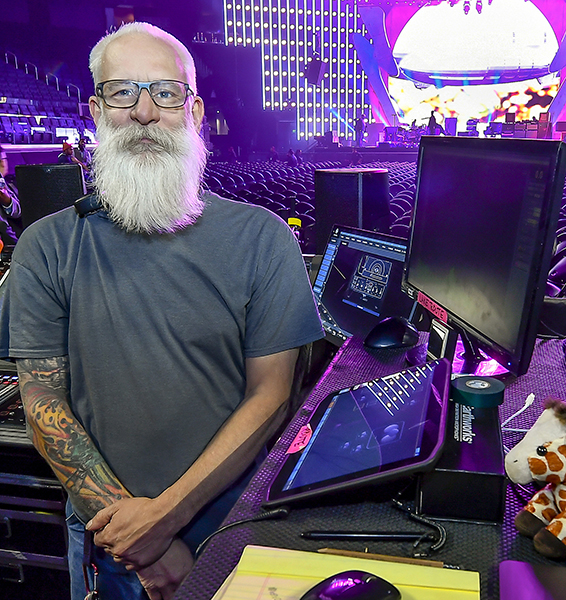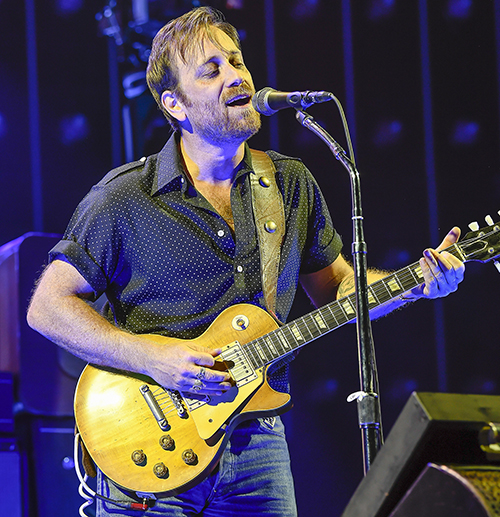
Fast-forward from Tarulli’s first impressions to September of 2019 when the band launched the first leg of the current Let’s Rock Tour in Las Vegas, and he indeed found himself standing in front of both the band and a d&b PA.
“My job is to give Jason what he needs to do his,” explains veteran system engineer Brnich, who also is quick to note that one’s eyes are not mistaken when they see “no vowels, just consonants upfront” in his surname. “The rear-firing rejection intrinsic within the d&b KSL design was indeed a big selling point for us in this application, as were many other factors. The B22 subs gave us the punch the band demanded in the low end, and as for control, d&b’s ArrayProcessing software let me fine-tune system management to the point where I essentially could tailor the sound in any fashion with pinpoint precision all the way from the front row back to the nosebleeds.

“The real art of sound reinforcement is found when nothing sounds contrived,” he continues. “What you hear should be wholly unmediated, natural. Just as importantly, every night Jason should be able to walk out and have the same palette of sonic tools at his disposal to create his mix. This is the furthest assignment you could imagine from just being able to turn it to 11.”
Taking It Day To Day
Tarulli’s contributions to the team’s collective efforts rely heavily upon a DiGiCo SD12. Purposely keeping things simple, he runs everything through his VCAs, sticks almost exclusively with using onboard compression, EQ, and dynamics, seldom buses things beyond the drum channels he routes to a dbx 160 compressor, and uses no scenes.
“Early on I tried to adopt some scenes for things,” he says. “But I found that these guys tend to change things daily so you quickly wind up digging a hole for yourself you may or not be able to get out of. It didn’t take long to realize I’d be better off keeping a keen ear on things, listen for any hint of changes that needed to be made, and just make them.”
To insure that the high stage volumes don’t negatively interact with the house and vice versa, Tarulli takes a day-to-day, venue-dependent approach that emphasizes keeping a cool head and staying in regular communication with monitor engineer Jensen. Consideration is given to everything that is in the loudspeaker elements onstage, and what the band can live without while still having what it needs to perform optimally.

Reducing the number of open microphones as much as possible is also critical to this strategy, and to that end all of the guitar cabinets – including Mount Shredmore’s monolithic vintage Fender and Marshall stacks – while visibly miked in front, are in reality only used with Palmer DIs ranging from PDI 09 units to a multi-channel, passive rackmount model. The mics seen at the front of the cabinets are there merely as a safeguarding back-up and to maintain a traditional aesthetic.
